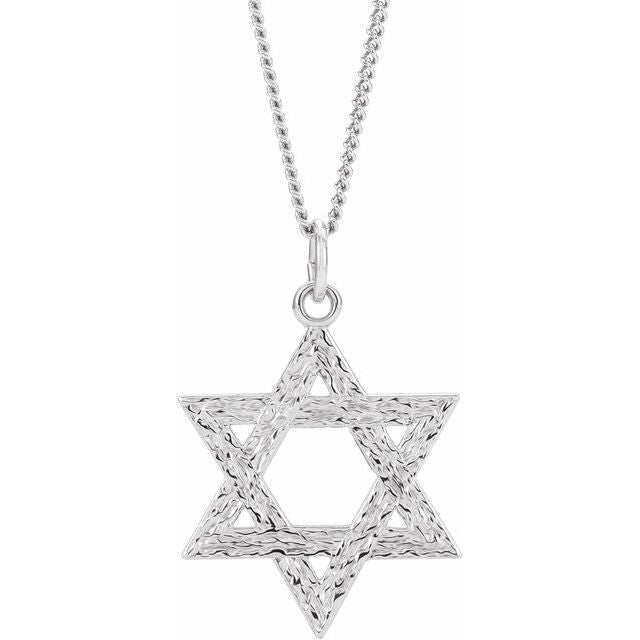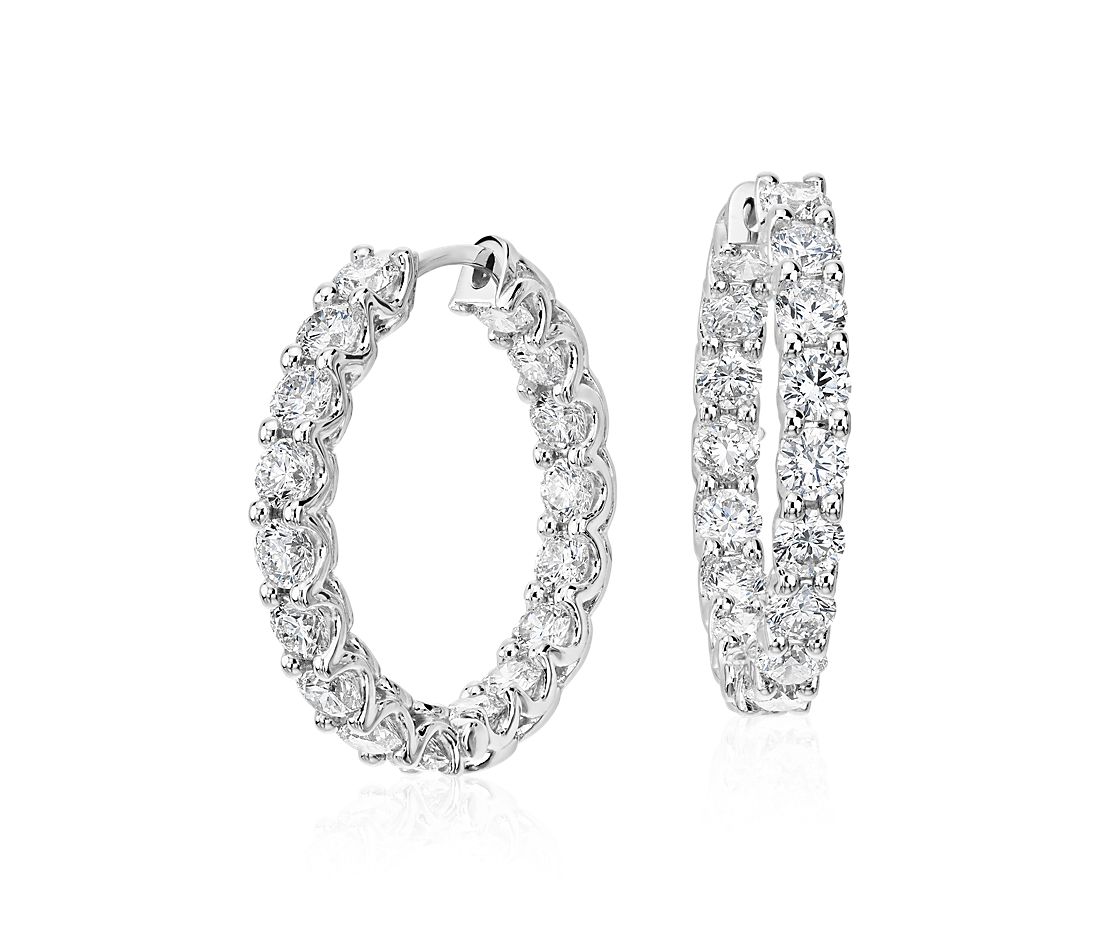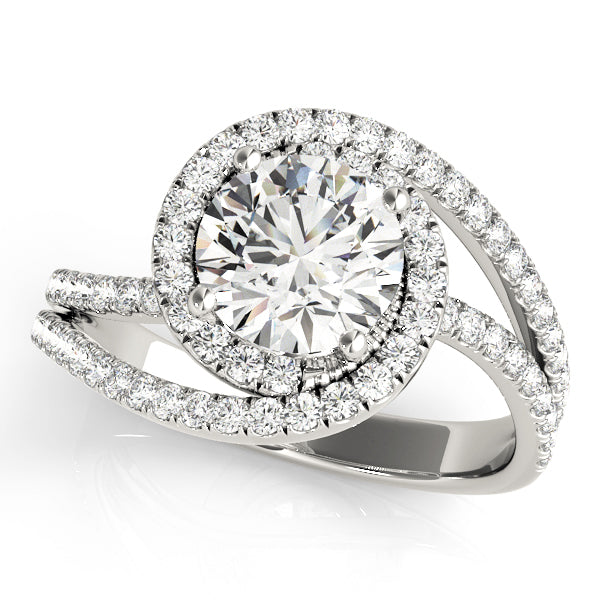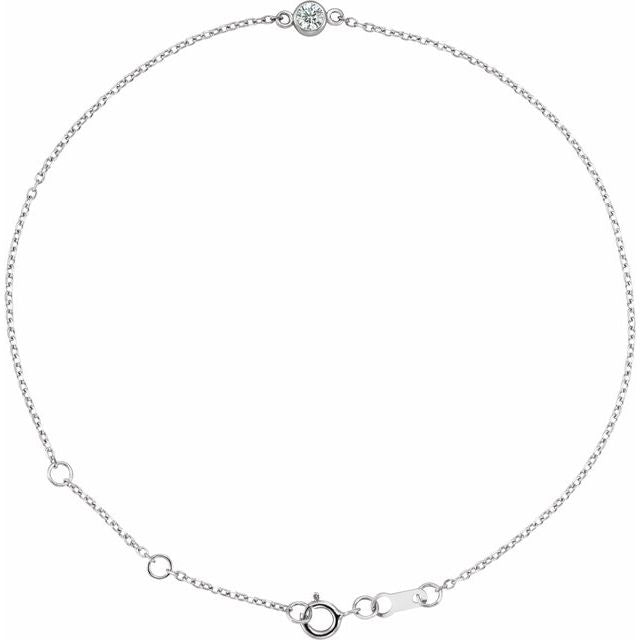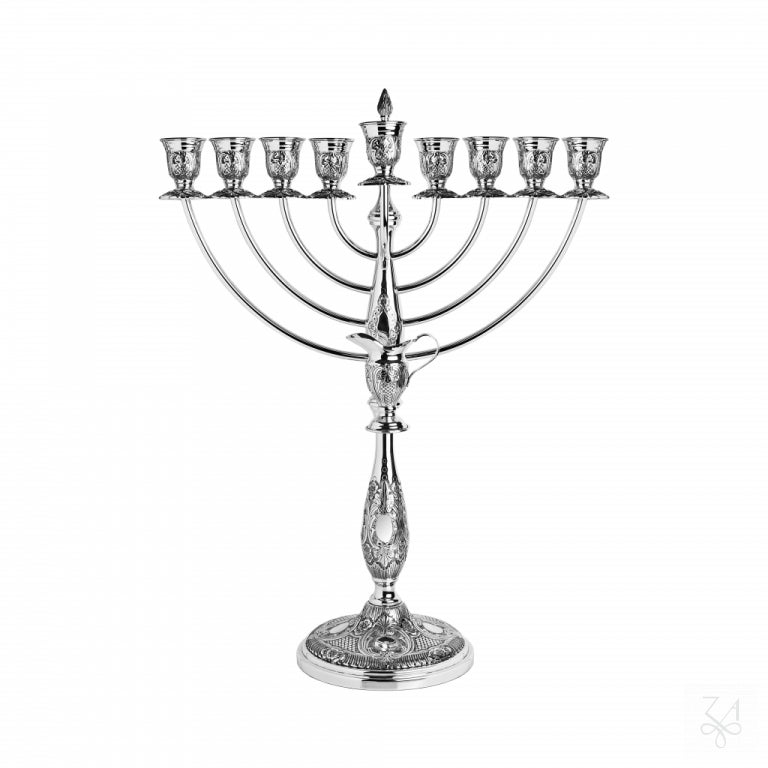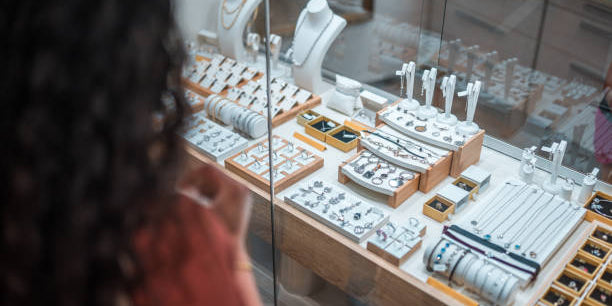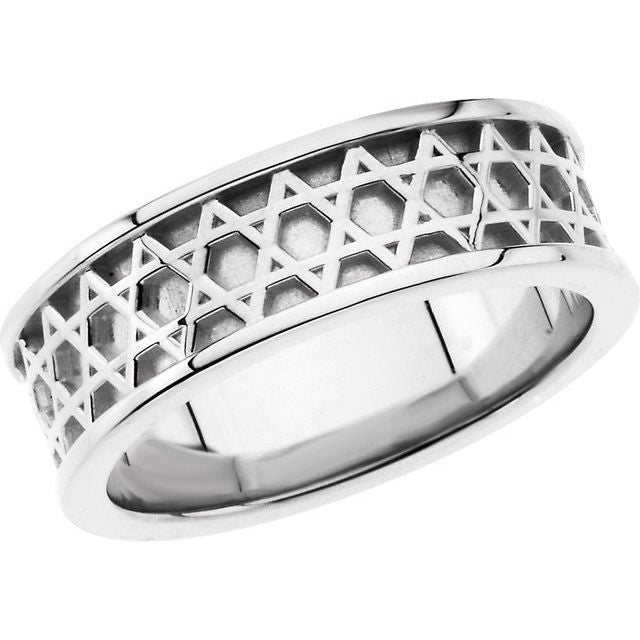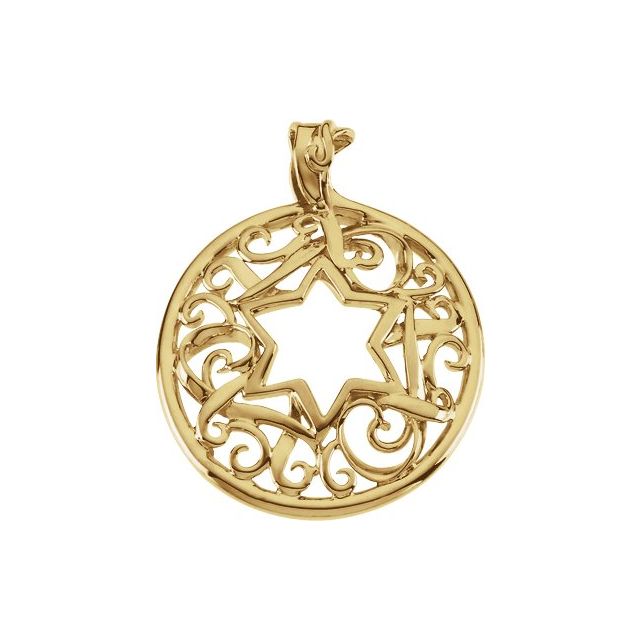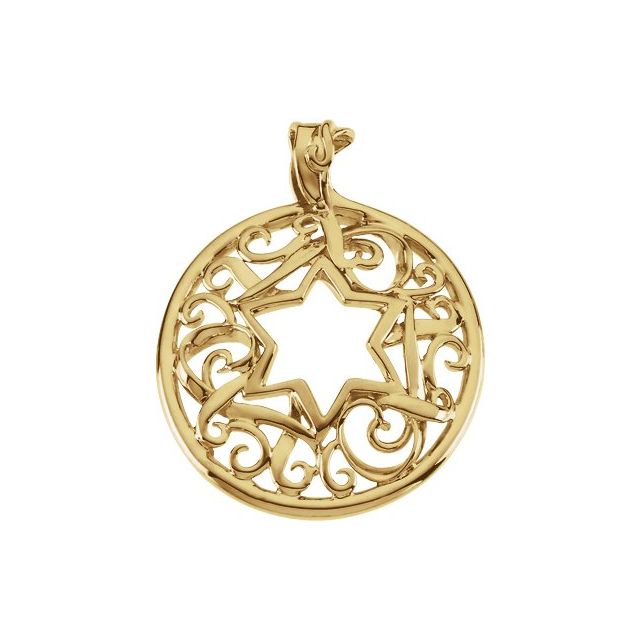In a world where fast fashion dominates and disposable accessories are the norm, there's something profoundly meaningful about preserving and repairing jewelry pieces that hold sentimental value. Whether it's your grandmother's vintage necklace, your wedding ring showing signs of wear, or a beloved bracelet with a broken clasp, understanding the basics of jewelry repair can save your treasured pieces from being relegated to the bottom of a drawer, forgotten and unworn.
According to recent industry data, the global jewelry repair market is valued at approximately $5.2 billion and is expected to grow at a compound annual growth rate of 4.8% through 2027. This growth reflects not only the increasing value of precious metals but also a cultural shift toward sustainability and preservation rather than replacement.
In this comprehensive guide, we'll explore the fundamentals of jewelry repair, from identifying common issues to learning which repairs you can safely attempt at home and which require professional intervention. By the end, you'll be equipped with the knowledge to make informed decisions about restoring your precious items to their former glory.
Understanding the Value of Jewelry Repair
Jewelry often carries significance far beyond its monetary worth. A recent survey conducted by the Jewelry Consumer Opinion Council found that 74% of jewelry owners consider the emotional value of their pieces to exceed their financial value. This emotional connection explains why many people seek repairs rather than replacements when their jewelry becomes damaged.
The economic argument for repair is equally compelling. With gold prices hovering around $1,800 per ounce and platinum at approximately $1,000 per ounce as of 2023, repairing existing pieces often represents significant savings compared to purchasing new items. Additionally, vintage and antique jewelry frequently appreciates in value over time, making restoration a financially sound decision.
Environmental considerations also favor repair over replacement. Mining precious metals and gemstones has substantial environmental impacts, including habitat destruction, water pollution, and carbon emissions. By extending the life of existing jewelry through repair, consumers can reduce demand for new raw materials and minimize their environmental footprint.
Common Jewelry Problems and Their Causes
Understanding what causes jewelry damage is the first step in preventing it. Here are the most frequent issues jewelers encounter:
Worn Prongs and Lost Stones
Prongs are the small metal projections that hold gemstones in place. Over time, these prongs wear down through regular wear, causing them to loosen their grip on stones. According to the Gemological Institute of America (GIA), prong wear is responsible for approximately 65% of gemstone losses in rings. Daily activities like handwashing, applying lotions, and even sleeping with rings on accelerate this wear.
The risk increases with certain settings. For instance, high-profile settings that elevate stones above the band are particularly vulnerable to catching on clothing or being knocked against hard surfaces. Similarly, rings with very thin prongs may offer aesthetic advantages but sacrifice durability.
Broken Chains and Clasps
Chain breakage ranks among the most common jewelry repairs, with a recent industry report indicating that necklace and bracelet chains account for roughly 40% of all jewelry repair services. The links in chains, especially those in finer gauges, can weaken over time due to metal fatigue. This process accelerates when chains are pulled, twisted, or subjected to tension.
Clasps present similar vulnerabilities. Box clasps and spring rings, while common, are often the first components to fail in necklaces and bracelets. Their internal mechanisms contain small springs and moving parts that can wear out or break after repeated use.
Ring Sizing Issues
Our body weight naturally fluctuates throughout our lives, and with it, our ring sizes change. A study published in the Journal of Hand Surgery found that the average person's finger size changes by approximately half a size throughout the year due to temperature variations, water retention, and weight fluctuations. These changes can transform a once perfectly fitted ring into one that's uncomfortably tight or loose enough to risk loss.
Additionally, rings that are too tight can cause circulation problems, while those that are too loose are prone to damage as they rotate around the finger, increasing wear on the band and settings.
Metal Fatigue and Breakage
All metals, even precious ones, have a finite lifespan when subjected to repeated stress. Gold, while resistant to corrosion, is relatively soft—particularly higher karat gold, which contains more pure gold and fewer strengthening alloys. Platinum, though more durable than gold, can still develop stress points that eventually lead to breakage.
The phenomenon known as "metal fatigue" occurs when metal is repeatedly bent or stressed at the same point. This is commonly seen in ring shanks (the bottom portion of the ring band), which absorb impact when hands strike surfaces and gradually thin until they crack or break completely.
Tarnish and Corrosion
Silver jewelry is particularly susceptible to tarnish, a chemical reaction between the metal and sulfur compounds in the air that creates a dark layer on the surface. According to the Silver Institute, sterling silver (92.5% silver, 7.5% other metals, usually copper) tarnishes more readily than fine silver (99.9% pure) due to the reactive nature of the copper content.
Even gold jewelry can experience discoloration, particularly in pieces with lower karat ratings that contain higher percentages of other metals. White gold, which is typically plated with rhodium to achieve its bright appearance, may reveal a yellowish tint as the plating wears away.
DIY Jewelry Repair: What You Can Safely Tackle at Home
While many jewelry repairs require professional skills and equipment, some minor issues can be addressed at home with the right tools and techniques. Here's what you can reasonably attempt yourself:
Cleaning and Tarnish Removal
Proper cleaning can restore much of your jewelry's original luster and sometimes even address what appears to be damage but is actually just built-up residue. For most precious metal jewelry without delicate gemstones, a simple solution of mild dish soap and warm water works wonders. Using a soft toothbrush, gently scrub the piece, paying special attention to crevices and the backs of items where lotions, soaps, and oils tend to accumulate.
For silver tarnish specifically, commercial silver polishes are effective, but you can also use household items. A paste made from baking soda and water, applied with a soft cloth, can remove light tarnish. For heavier tarnish, the aluminum foil method works well: line a bowl with aluminum foil, add hot water and a tablespoon of baking soda, then place your silver jewelry in the solution. The chemical reaction between the aluminum and the tarnish compounds transfers the sulfur from the silver to the aluminum, effectively cleaning the jewelry without abrasion.
According to a study published in the Journal of Cultural Heritage, these gentle chemical methods cause less long-term damage to silver artifacts than aggressive polishing, which removes a microscopic layer of silver each time.
Simple Chain Repairs
When dealing with a broken chain, the feasibility of DIY repair depends largely on the type of chain and the location of the break. Simple link chains with open links can sometimes be repaired using two pairs of needle-nose pliers—one to hold the chain steady and another to carefully open a link, thread it through the separated sections, and close it again.
However, this approach works best with chains that have relatively large, simple links. Complex chains like Venetian, box, or herringbone styles typically require professional repair, as do very fine chains where the links are too small to manipulate without specialized tools.
If attempting a chain repair, work over a light-colored surface or tray to prevent losing small components, and use good lighting and magnification if available. Remember that each time a link is opened and closed, it weakens slightly, so DIY repairs should be considered temporary solutions until professional repair is possible.
Clasp Replacement
Replacing a simple clasp is among the more accessible DIY jewelry repairs. Spring ring and lobster clasps are attached to chains via small jump rings—open metal circles that can be manipulated with pliers. To replace a clasp, use two pairs of pliers to grip the jump ring on either side of its opening, then twist (don't pull) in opposite directions to open it. Remove the old clasp, slide on the new one, and close the jump ring by twisting the pliers back in the opposite direction.
When purchasing replacement clasps, bring your jewelry to the store to ensure you select the right size and style. The new clasp should match the original in terms of metal type to prevent galvanic corrosion, which occurs when dissimilar metals come into contact in the presence of moisture.
Temporary Prong Adjustments
While permanent prong repair should be left to professionals, you can sometimes perform emergency adjustments to prevent gemstone loss. If you notice a prong that has lifted away from a stone, you can gently push it back into place using the edge of a wooden toothpick or a similar non-metal tool. Metal tools should be avoided as they can scratch both the gemstone and the metal setting.
This adjustment should only be considered a temporary measure until professional repair is possible. According to jewelry insurance claim statistics, improper DIY prong repairs are associated with a 35% higher risk of subsequent stone loss compared to professionally repaired settings.
Professional Jewelry Repair: When to Seek Expert Help
While DIY approaches have their place, many jewelry repairs require professional intervention. Understanding when to seek expert help can prevent further damage and ensure your pieces are restored properly.
Gemstone Setting and Replacement
The process of setting gemstones requires specialized training and tools. Professional jewelers use a variety of setting techniques—prong, bezel, channel, pavé, and tension settings, among others—each requiring different approaches to repair. When a stone is loose or missing, a professional can assess the setting, determine if it needs reinforcement or rebuilding, and secure the original stone or source a replacement.
Gemstone replacement involves matching the original stone's characteristics, including color, clarity, cut, and size. For colored gemstones, this matching process is particularly complex, as variations in hue, tone, and saturation can be subtle but noticeable. According to the GIA, even professionally matched diamonds can vary slightly in appearance, with truly identical replacements being rare without the original stone's documentation.
The cost of professional gemstone setting typically ranges from $35 to $200 per stone, depending on the setting type and gemstone size, with additional costs for the replacement stone if needed.
Ring Resizing
Ring resizing is one of the most common professional jewelry repairs, with an estimated 40% of engagement rings requiring at least one resize during their lifetime. The process involves either adding metal to increase the size or removing a section to decrease it, then rejoining the band and refinishing it to match the original appearance.
This seemingly straightforward procedure involves numerous technical considerations. The jeweler must account for the ring's design, the presence of gemstones, any engraving, and the metal type. Some designs, such as eternity bands with stones encircling the entire band, may be difficult or impossible to resize without compromising structural integrity.
The resizing process typically involves heating the metal, which can potentially damage certain gemstones. Emeralds, for instance, often contain natural inclusions with trapped moisture that can expand when heated, potentially causing the stone to crack. Professional jewelers know which stones must be removed before resizing and have the expertise to safely remove and reset them.
Ring resizing costs typically range from $45 to $200, depending on the metal type, complexity of the design, and whether the ring is being sized up (requiring additional metal) or down.
Soldering and Metal Repair
When metal components break or crack, professional soldering is usually necessary. This process involves joining metal pieces using a filler metal (solder) with a lower melting point than the pieces being joined. The jeweler heats the area to be repaired until the solder flows into the joint, creating a strong bond when cooled.
Different metals require different soldering techniques and materials. Gold, silver, and platinum each have specific solders designed to match their color and properties. The process also varies based on the proximity of gemstones and other heat-sensitive components.
For substantial breaks or worn areas, the jeweler may need to add new metal through a process called "retipping" for prongs or "bridging" for larger sections. These techniques require matching the original metal's composition and integrating it seamlessly with the existing piece.
According to industry data, professional soldering repairs typically cost between $30 and $150, depending on the complexity and metal type.
Rhodium Plating and Metal Refinishing
White gold jewelry is typically plated with rhodium, a bright white metal in the platinum family, to enhance its whiteness and luster. This plating eventually wears away, revealing the warmer-toned gold beneath. Professional rhodium plating restores the bright white appearance and typically lasts one to two years depending on wear patterns.
The plating process involves thoroughly cleaning the jewelry, then applying an electrical current to deposit a thin layer of rhodium onto the surface. This requires specialized equipment and chemicals that aren't suitable for home use. According to the Jewelers of America, professional rhodium plating typically costs between $50 and $150, depending on the size and complexity of the piece.
Beyond plating, professional metal refinishing can address scratches, dents, and other surface damage. Techniques include polishing, buffing, and in some cases, laser refinishing, which can restore specific areas without affecting the entire piece.
Antique and Vintage Jewelry Restoration
Antique jewelry (generally defined as over 100 years old) and vintage pieces (typically 20-100 years old) present unique restoration challenges. These items often feature manufacturing techniques no longer in common use and may contain materials that require specialized handling.
Professional restoration of these pieces focuses on preserving their historical integrity while making them wearable. This might involve stabilizing fragile components, replacing missing elements with period-appropriate alternatives, or carefully cleaning accumulated grime without damaging patinas that contribute to the piece's character and value.
According to the International Antique Jewelry Association, improper restoration can reduce an antique piece's value by 50% or more, making professional expertise particularly important for these items. Restoration costs vary widely based on the piece's age, condition, and complexity, typically ranging from $100 to several thousand dollars for museum-quality items.
Preventive Care: Avoiding the Need for Repairs
The most cost-effective approach to jewelry maintenance is preventing damage before it occurs. Implementing proper care routines can significantly extend the time between repairs and preserve your pieces for generations.
Proper Storage Techniques
How you store your jewelry when it's not being worn significantly impacts its longevity. Each piece should ideally be stored separately to prevent tangling and scratching. Soft-lined jewelry boxes with individual compartments offer good protection, as do pouches made from non-abrasive materials like microfiber or chamois.
For necklaces and bracelets prone to tangling, hanging storage systems can be effective. However, be cautious with very fine chains or heavy pendants, as hanging can cause stress at connection points over time. Pearls and opals, which contain moisture, should never be stored in airtight containers or plastic bags, as they need some airflow to prevent drying and cracking.
Silver jewelry benefits from anti-tarnish strips or cloths placed in storage containers. These products contain activated charcoal or other materials that absorb sulfur compounds from the air, slowing the tarnishing process. According to the Silver Institute, properly stored silver with anti-tarnish protection can remain bright up to 70% longer than unprotected pieces.
Jewelry Insurance and Documentation
While not preventing physical damage, jewelry insurance provides financial protection against loss, theft, and in many cases, damage. According to the Insurance Information Institute, only about 1% of homeowners with jewelry exceeding their standard policy limits purchase additional coverage, leaving many valuable collections inadequately protected.
Specialized jewelry insurance typically costs 1-2% of the item's value annually and offers advantages over standard homeowners insurance, including coverage for mysterious disappearance (loss without evidence of theft) and, importantly for our discussion, repair or replacement of damaged items.
Documentation supports both insurance claims and repair work. Maintain photographs, appraisals, and receipts for significant pieces, and consider having important jewelry professionally appraised every 3-5 years to account for changing market values. Some jewelers offer digital records of purchases, including specifications that can be invaluable if repairs or replacements are needed.
Regular Professional Inspections
Professional jewelers recommend having frequently worn pieces inspected every 6-12 months. These inspections typically include checking prongs and settings for security, examining chains and clasps for wear, and identifying potential problems before they lead to damage or loss.
Many jewelers offer these inspections free of charge, particularly for pieces purchased from their stores. During these checks, they can perform minor maintenance like cleaning, checking and tightening stones, and polishing, which helps prevent more significant issues from developing.
According to a survey by Jewelers Mutual Insurance, regular professional inspections reduce the risk of stone loss by approximately 60% compared to jewelry that isn't routinely checked.
Appropriate Wear and Activity Considerations
Being mindful of when to remove your jewelry can prevent many common damages. As a general rule, jewelry should be removed during:
-
Household cleaning, especially when using chemicals
-
Swimming in pools (chlorine can damage metals and some gemstones)
-
Beach activities (sand is abrasive and can scratch metals and stones)
-
Gardening and yard work
-
Exercise and sports activities
-
Showering and bathing (soaps can leave residue that dulls gemstones)
For engagement rings and other daily-wear pieces, consider removing them during hand washing and applying lotions or perfumes, as these products can build up behind stones and in crevices, dulling their appearance and potentially loosening settings over time.
Some professions and hobbies pose particular risks to jewelry. Healthcare workers, chefs, mechanics, and others who work with their hands may want to consider simple bands without stones for daily wear, saving more elaborate pieces for off-duty hours.
Finding a Reputable Jewelry Repair Professional
When professional repair is necessary, selecting the right jeweler is crucial. Here's how to find a reputable professional for your precious items:
Credentials and Expertise
Look for jewelers with recognized credentials such as certification from the Gemological Institute of America (GIA), the American Gem Society (AGS), or membership in professional organizations like Jewelers of America. These affiliations indicate a commitment to ethical standards and ongoing education in the field.
For specialized repairs, seek jewelers with specific expertise. Antique jewelry restoration, for instance, requires different skills than contemporary jewelry repair. Don't hesitate to ask about a jeweler's experience with pieces similar to yours.
Evaluating a Jeweler's Work
Request to see examples of previous repair work, particularly repairs similar to what your piece requires. Many established jewelers maintain portfolios of before-and-after photos demonstrating their repair capabilities.
Pay attention to the jeweler's questions about your piece. A thorough professional should ask about its history, any previous repairs, and how the damage occurred. These details help them understand the piece's construction and develop an appropriate repair strategy.
Understanding Repair Quotes and Timelines
Reputable jewelers provide written estimates before beginning work. These estimates should detail the specific repairs to be performed, materials needed, and associated costs. Be wary of vague quotes or those provided without a thorough examination of your jewelry.
Repair timelines vary based on the complexity of the work and the jeweler's current workload. Simple repairs like chain soldering might be completed in a day or two, while complex restoration projects could take weeks. A professional should be able to provide a reasonable timeframe and communicate any delays that arise during the repair process.
According to a consumer satisfaction survey by the Jewelers Vigilance Committee, clear communication about pricing and timelines correlates strongly with customer satisfaction in jewelry repair services, with 92% of satisfied customers reporting they received detailed estimates and realistic timeframes.
Questions to Ask Before Committing to Repairs
Before leaving your jewelry for repair, consider asking these questions:
-
Will the repair affect the value of the piece, particularly for antiques or collectibles?
-
What materials will be used in the repair? Will they match the original?
-
Is there more than one repair option, and what are the pros and cons of each?
-
Does the repair include any warranty or guarantee?
-
Will the repair be performed on-site or sent to another location?
-
What security measures are in place to protect your item while in their possession?
-
Do they provide insurance coverage while your piece is in their care?
The answers to these questions can help you gauge the jeweler's expertise and determine if they're the right fit for your repair needs.
The Economics of Jewelry Repair: Cost vs. Value
When facing jewelry damage, the decision to repair often involves weighing costs against various forms of value—monetary, sentimental, and historical. Understanding this balance helps make informed decisions about your pieces.
When Repair Makes Financial Sense
From a purely financial perspective, repair is generally worthwhile when:
-
The piece has significant monetary value that exceeds repair costs
-
The item is irreplaceable or would be substantially more expensive to recreate
-
The jewelry has appreciated or is likely to appreciate in value
-
Insurance will cover all or part of the repair cost
According to the Antique Jewelry University, well-executed repairs on quality pieces typically retain 80-100% of their investment, while replacement often represents a complete loss of the original value plus the cost of the new item.
For everyday pieces with primarily sentimental value, the decision becomes more personal. A simple silver necklace might cost more to repair than replace, but if it was a gift from a loved one, the emotional value may justify the expense.
The Hidden Costs of Postponing Repairs
Delaying necessary jewelry repairs often leads to more extensive and expensive work later. A loose stone that could be secured with a simple prong retipping might eventually be lost, requiring complete replacement. A small crack in a band might grow until the ring breaks completely, necessitating more complex soldering or even reconstruction.
Industry data suggests that addressing jewelry issues promptly typically costs 40-60% less than waiting until the problem worsens. This principle applies particularly to structural issues like weakened prongs, thinning ring shanks, and fraying in necklace chains.
Balancing Sentimental Value with Practical Considerations
For pieces with primarily sentimental value, consider creative alternatives when traditional repair isn't practical. Options include:
-
Repurposing elements of the original piece into new jewelry
-
Converting unwearable items into decorative objects (framing a broken brooch, for instance)
-
Incorporating damaged pieces into memorial jewelry or keepsakes
These approaches preserve the emotional connection while acknowledging when conventional repair may not be the best solution.
Conclusion: The Lasting Value of Jewelry Care and Repair
In our disposable culture, the art of jewelry repair represents something increasingly precious: the commitment to preserving objects of beauty and meaning rather than simply replacing them. Whether motivated by financial considerations, environmental concerns, or emotional attachment, learning to care for and repair jewelry connects us to traditions of craftsmanship that span centuries.
The global jewelry market continues to grow, with annual sales exceeding $275 billion according to recent industry reports. Yet alongside this commercial expansion, there's a renaissance of interest in jewelry repair and restoration, reflecting a deeper cultural shift toward sustainability and mindful consumption.
By understanding the basics of jewelry repair—knowing what you can safely address yourself, when to seek professional help, and how to prevent damage in the first place—you become a steward of your treasured pieces. This knowledge empowers you to make informed decisions about your jewelry's care, ensuring that the items that matter most to you can continue to be worn, enjoyed, and eventually passed down to future generations.
Whether it's a diamond engagement ring that symbolizes your commitment, a watch inherited from a grandparent, or simply a favorite pair of earrings that completes your signature look, proper care and timely repair ensure that your jewelry continues to serve its most important purpose: connecting you to memories, people, and moments that give meaning to your life.
References
-
Gemological Institute of America (GIA) - https://www.gia.edu/gem-care
-
Jewelers of America - https://www.jewelers.org/consumers/jewelry-care
-
The Silver Institute - https://www.silverinstitute.org/silver-care-and-cleaning/
-
American Gem Society - https://www.americangemsociety.org/buying-diamonds-with-confidence/caring-for-your-jewelry/
-
Jewelers Mutual Insurance Group - https://www.jewelersmutual.com/the-jewelry-box/jewelry-care


